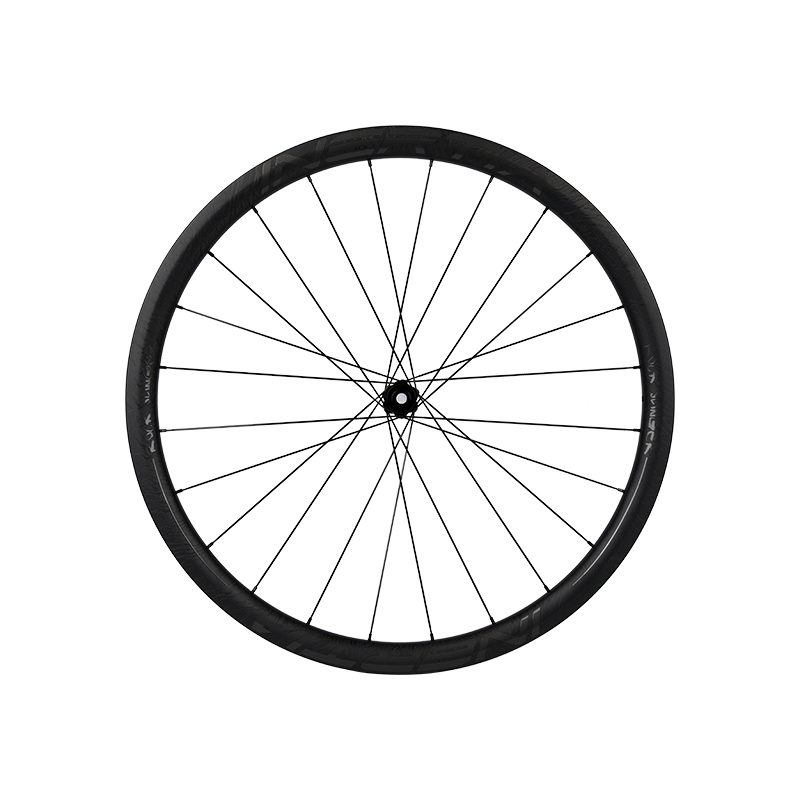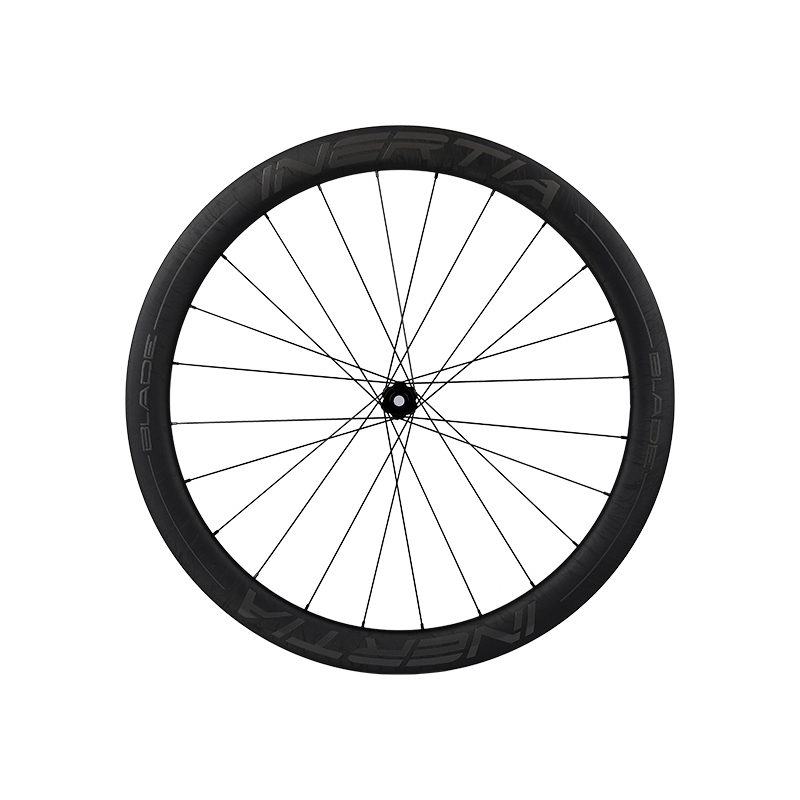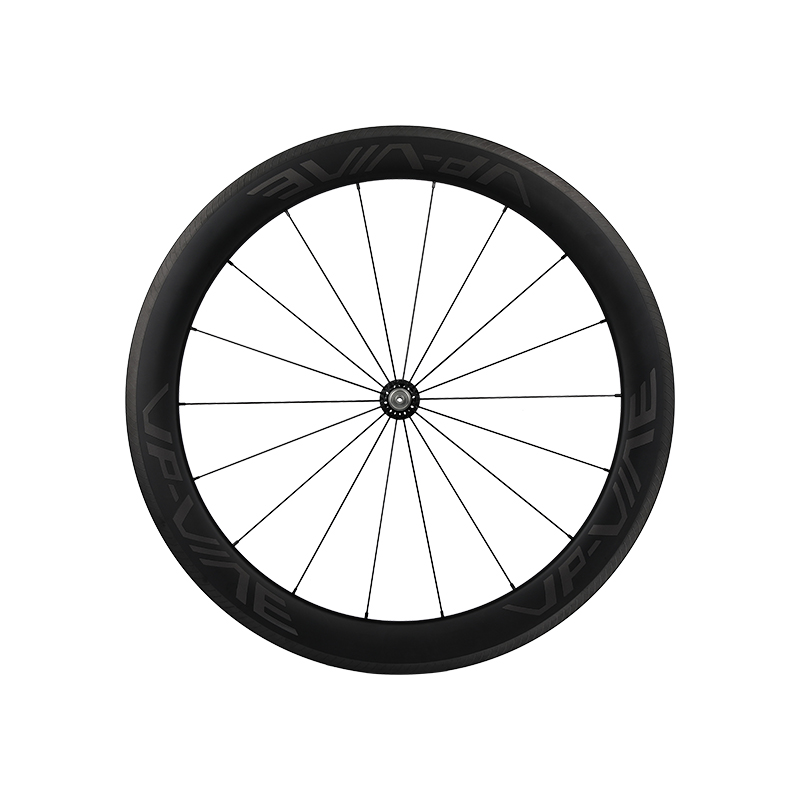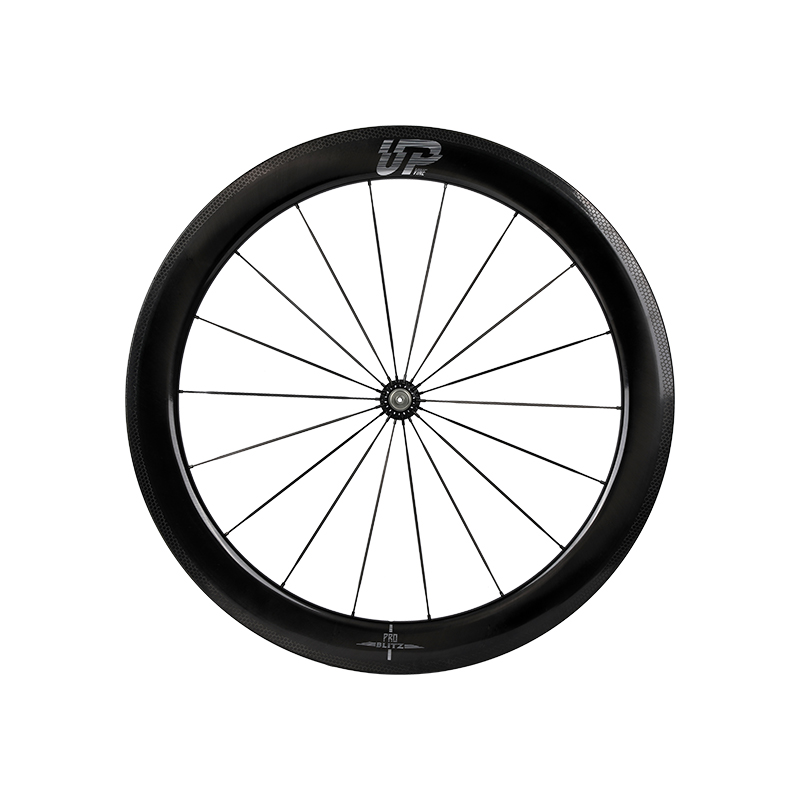Punctures are a common concern for cyclists, prompting many to explore tubeless road bike wheel sets as a potential solution.
Understanding Tubeless Technology:
Tubeless road bike wheels eliminate the need for inner tubes, relying on a special tire and rim combination designed to create an airtight seal. The absence of a tube removes a common vulnerability point, as the sealant within the tire can automatically seal small punctures, reducing the likelihood of flats caused by minor debris.
Advantages of Tubeless Puncture Resistance:
Sealant Protection: Tubeless systems are equipped with sealant that remains liquid inside the tire. When a puncture occurs, the sealant rushes into the breach, sealing it almost instantly. This real-time response significantly reduces the risk of flats caused by small objects like thorns or glass shards.


Lower Pressure Tolerance: Tubeless tires can be run at lower pressures without compromising performance. This characteristic allows the tire to deform around obstacles, rather than being susceptible to sharp impacts, thereby minimizing the risk of punctures.
Self-Healing Properties: The sealant not only prevents punctures but also assists in healing minor cuts or punctures during the ride. This self-healing aspect contributes to an overall reduction in the frequency of stops for tire maintenance.
Considerations and Limitations:
Severe Punctures: While tubeless systems excel at handling small punctures, larger or more severe damage may require additional measures such as tire plugs or patches. In extreme cases, a spare tube can be used as a temporary solution.
Maintenance Requirements: Regular inspection of the tire and replenishment of sealant are crucial for optimal performance. Neglecting maintenance can compromise the sealant's effectiveness over time.
In the realm of puncture resistance, tubeless road bike wheels demonstrate a clear advantage over traditional setups. The combination of sealant protection, lower pressure tolerance, and self-healing properties makes tubeless systems a compelling choice for cyclists seeking a reliable and puncture-resistant solution. However, cyclists should remain attentive to maintenance requirements and be prepared for alternative solutions in the rare event of severe punctures.



 Español
Español













